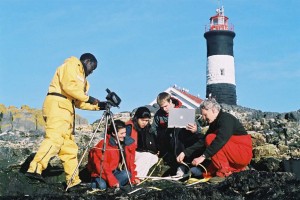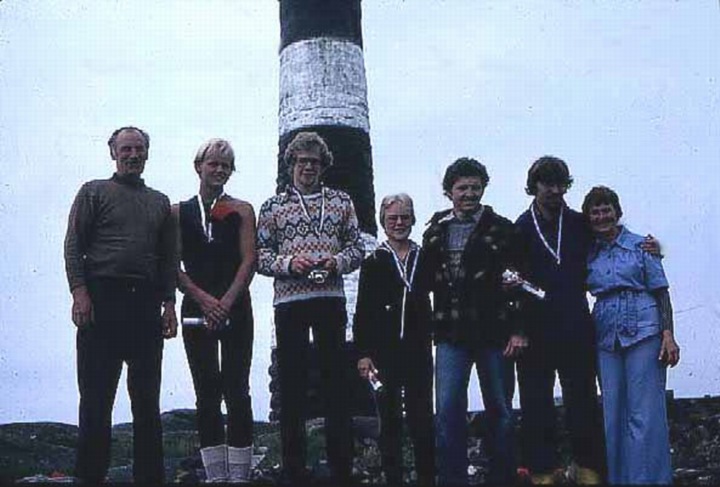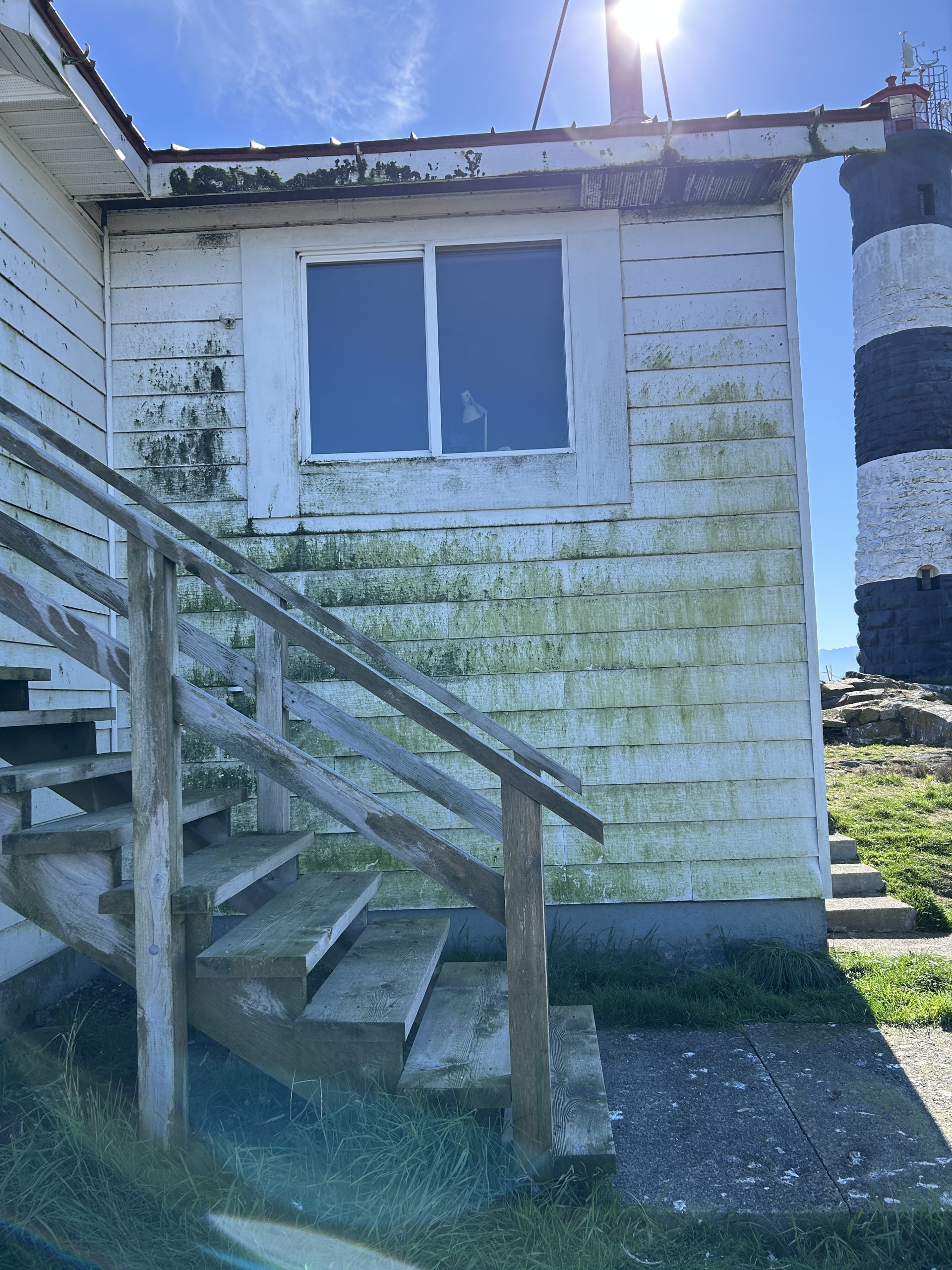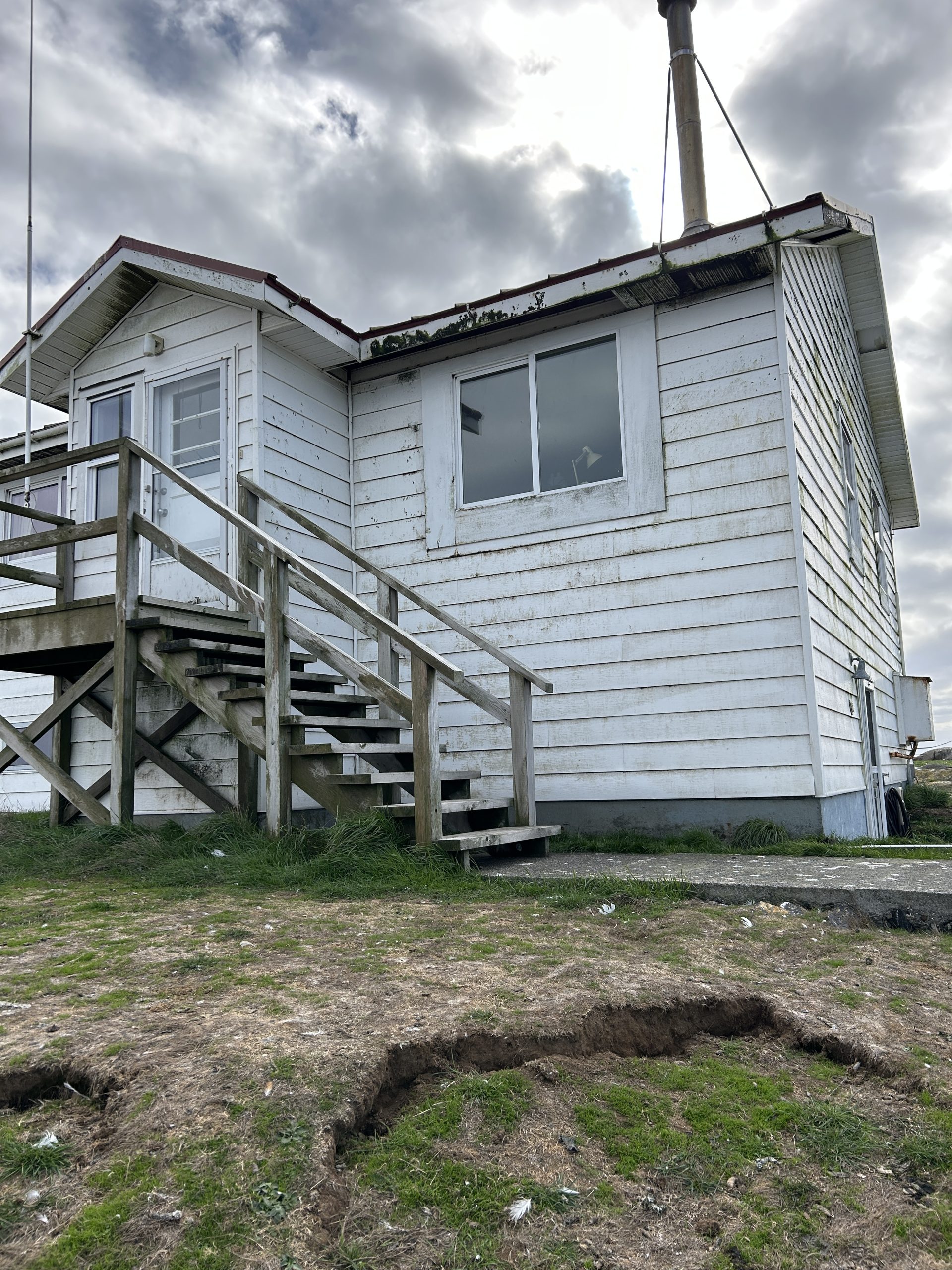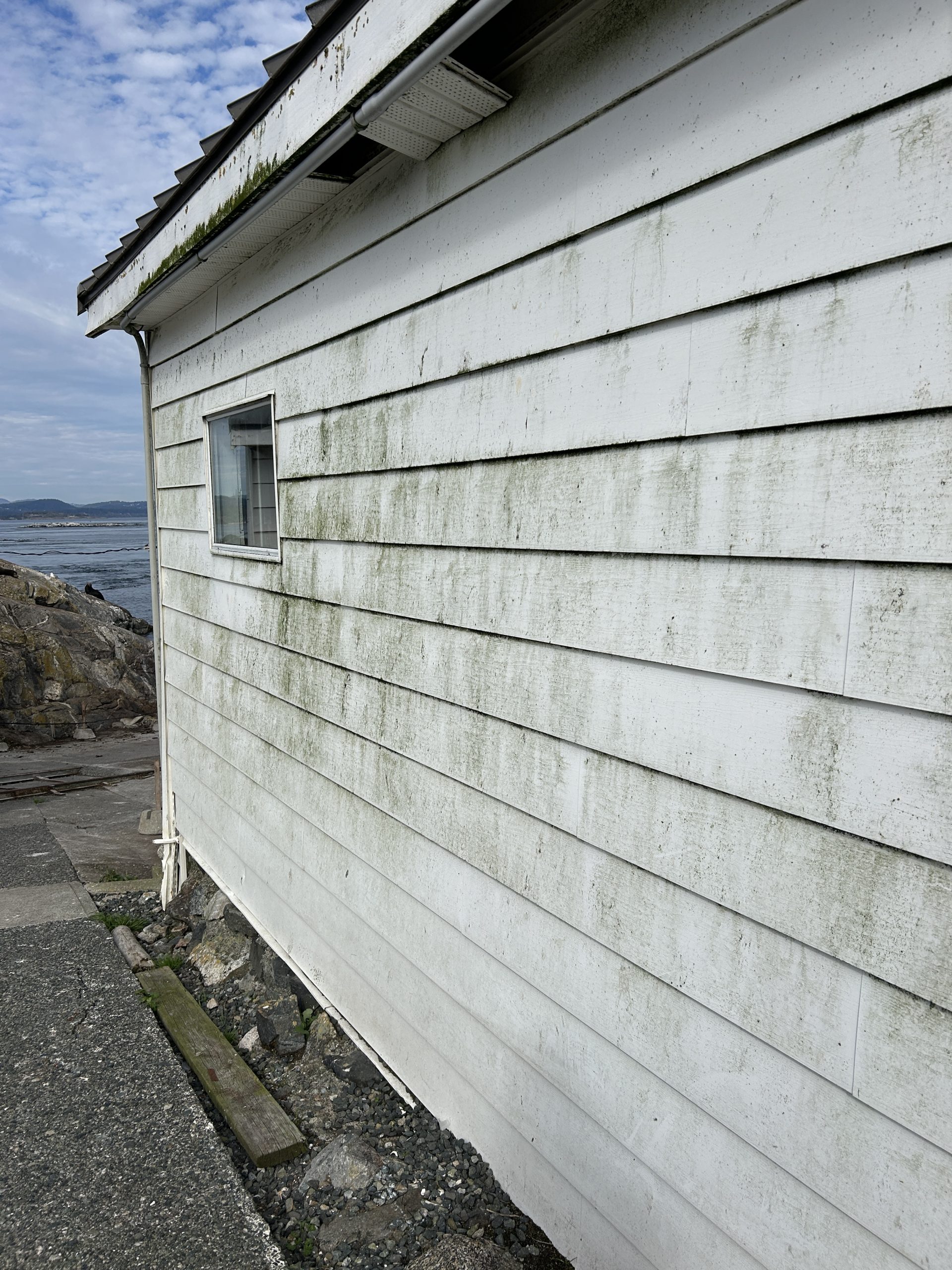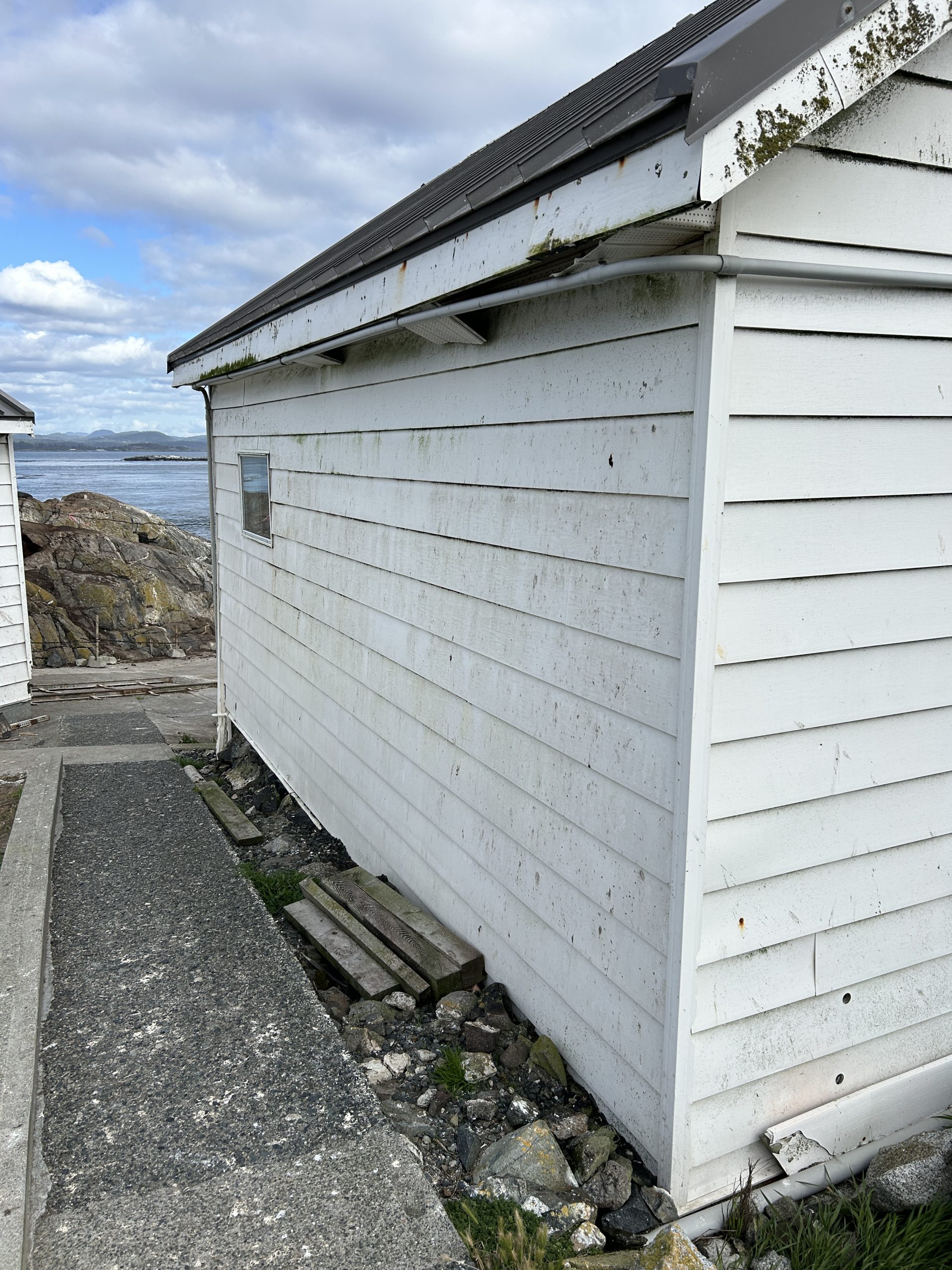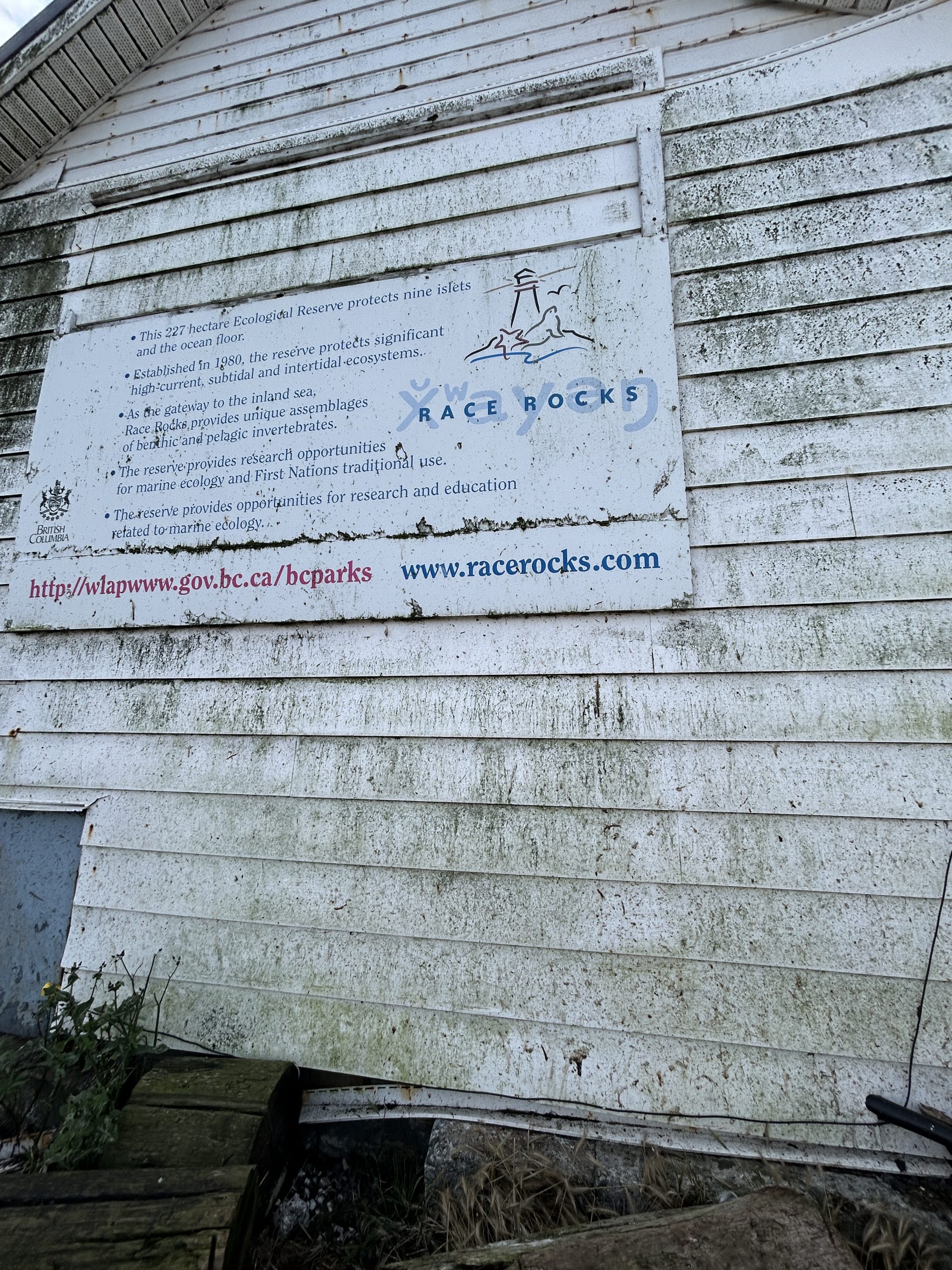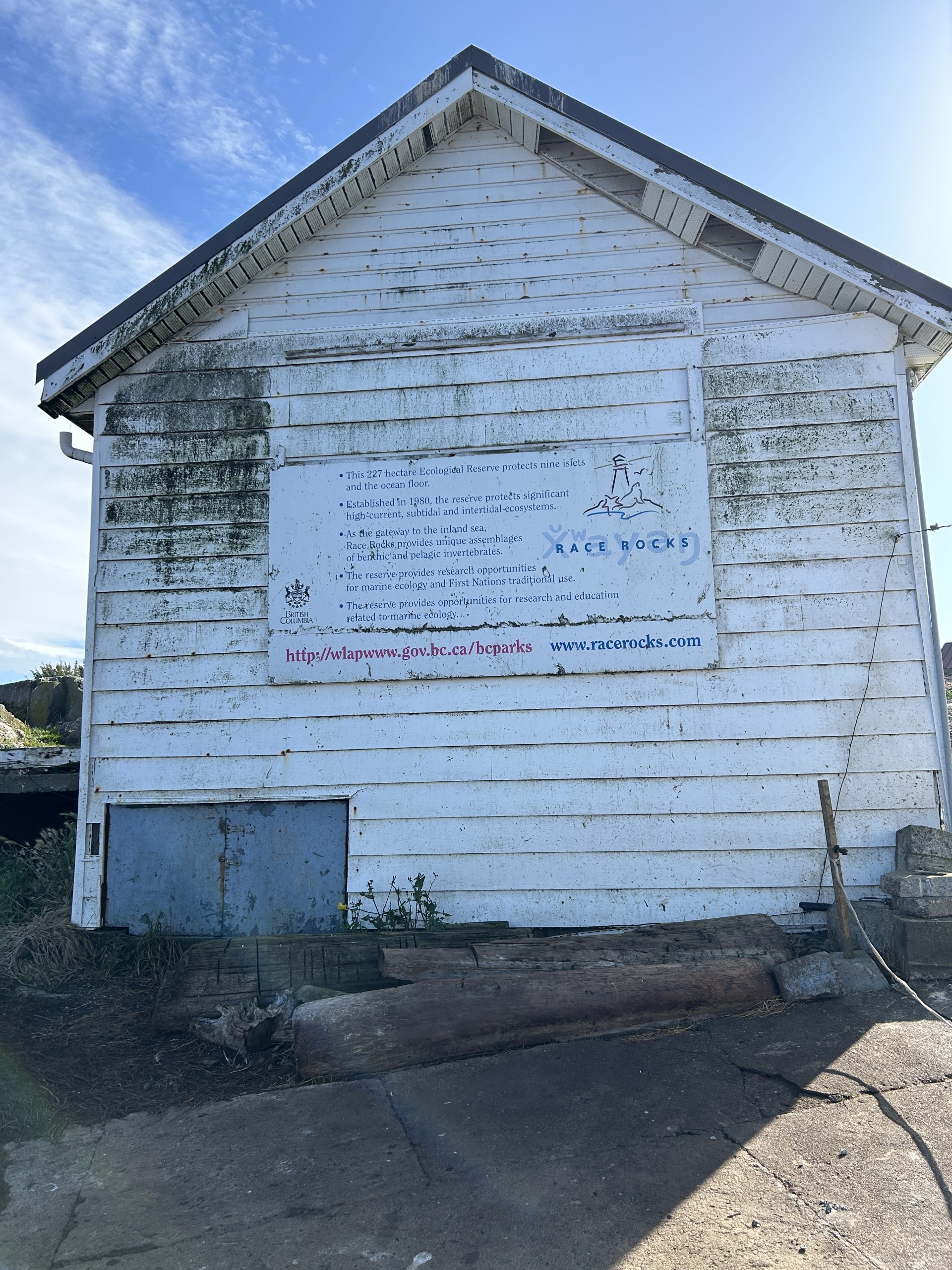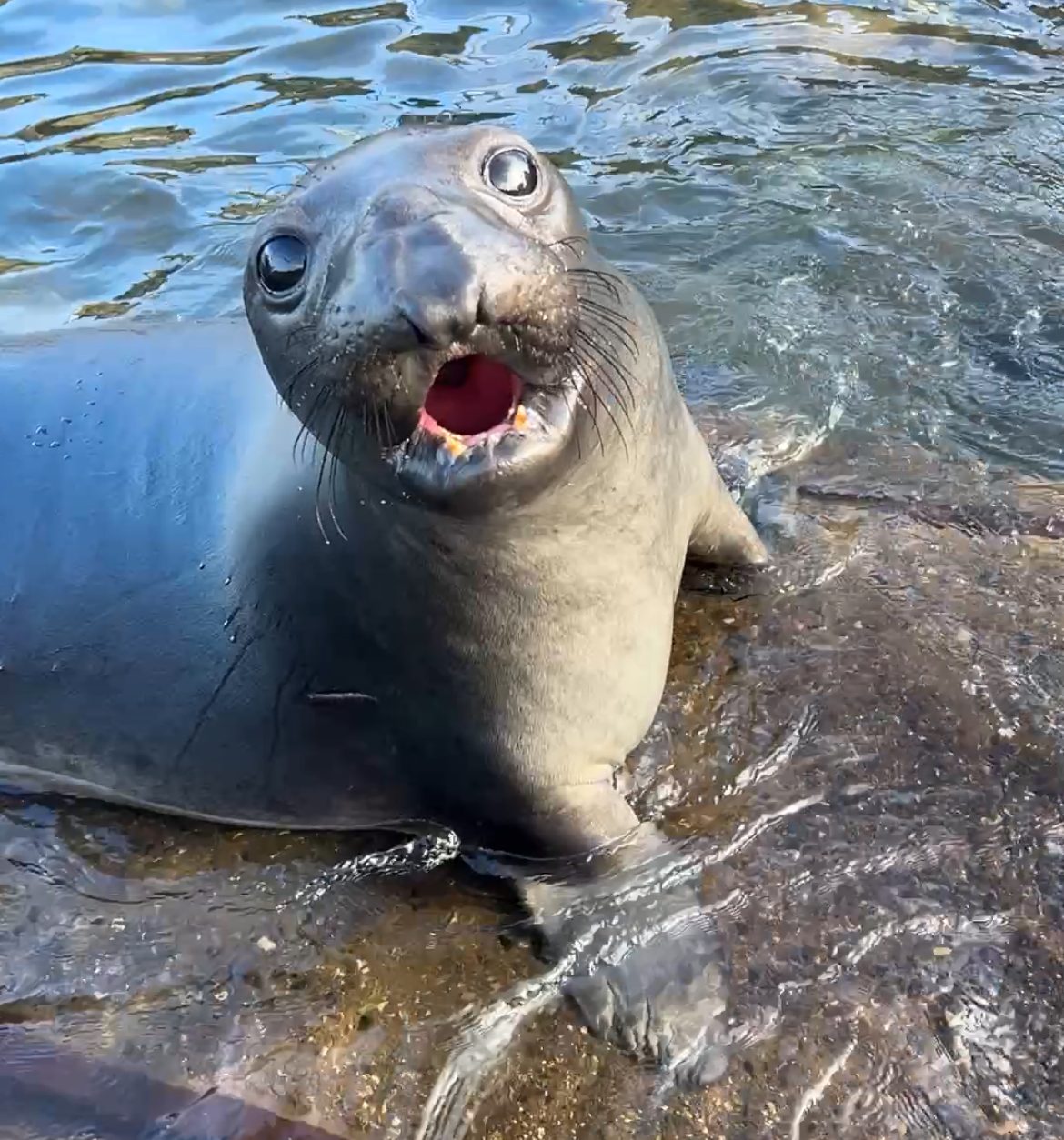The Race Rocks Lightstation was automated in 1997. At that time Lester Pearson College took over the management of the island. A proposal was generated at Pearson College to bring to the island modern technology that would enable a continued role for education and research and prevent the imminent removal of the facilities and the abandonment of a human presence for the protection of the reserve. Central to this proposal was the concept that the international students on scholarship from 83 countries at Lester B. Pearson College would benefit by the ability to continue to use Race Rocks as an educational resource. Moreover they would be able to be involved in operating this project as a model for ecological stewardship that they would be able to take back with them and apply to sensitive areas in their own countries. The potential for a global network of such education and research areas had exciting possibilities. A number of technologies were employed to save energy and to be able to broadcast from the island on the internet. This index shows some of the improvements made over the first 10 years of the college’s tenure of the lease of the island from BC Parks.
Many of the features continue today having undergone upgrades along the way.
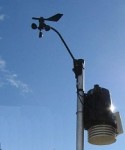 A Davis Weather Instrument was installed at Race Rocks in October, 2005. This system designed to record the weather variables, display in real time on the internet and archive the data is still used ( 2020), having undergone several software and hardware upgrades during that time .
A Davis Weather Instrument was installed at Race Rocks in October, 2005. This system designed to record the weather variables, display in real time on the internet and archive the data is still used ( 2020), having undergone several software and hardware upgrades during that time .
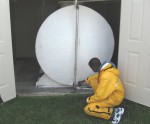 The Fresh water supply for Race Rocks is through salt water desalination. Here the students of the racerocks.com activity take us through the process and the facility in 2007. This technique had been brought into use at Race Rocks when it was still operated as a light station.
The Fresh water supply for Race Rocks is through salt water desalination. Here the students of the racerocks.com activity take us through the process and the facility in 2007. This technique had been brought into use at Race Rocks when it was still operated as a light station.
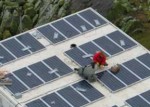 The Solar Energy Component of the integrated energy system was installed in 2006.
The Solar Energy Component of the integrated energy system was installed in 2006.
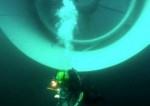 A 6 year project, the Pearson College-ENCANA-Clean Current Tidal Power Demonstration Project was established at Race Rocks in 2006: This page deals with the formal Announcement of the experiment on Feb 15, 2005
A 6 year project, the Pearson College-ENCANA-Clean Current Tidal Power Demonstration Project was established at Race Rocks in 2006: This page deals with the formal Announcement of the experiment on Feb 15, 2005
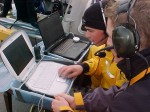 From 2000 to 2010, Apple through a subsidiary, Akamai and with the help of it’s representative Keith Mitchell, provided free live streaming for our 3 video cameras. In January 2004, Apple provided a generous upgrade of 3 new eMac computers for racerocks.com.
From 2000 to 2010, Apple through a subsidiary, Akamai and with the help of it’s representative Keith Mitchell, provided free live streaming for our 3 video cameras. In January 2004, Apple provided a generous upgrade of 3 new eMac computers for racerocks.com.
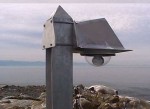 In addition Apple supplied the new 360 degree remote controlled SONY camera which for several years provided remote controlled video for anyone to access for coverage of the island.
In addition Apple supplied the new 360 degree remote controlled SONY camera which for several years provided remote controlled video for anyone to access for coverage of the island.
The History of the Development of the racerocks.com Project. The development of the technology for racerocks.com was particularly creative and impressive for its time (1999) . This index provides links to images and updates from that time. The current technology for webcasting and other internet connections to the island has been updated considerably but the core of the original design remains.
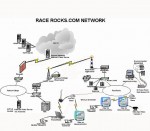 Overview of the Telecommunications Technology – Ken Dunham
Overview of the Telecommunications Technology – Ken Dunham
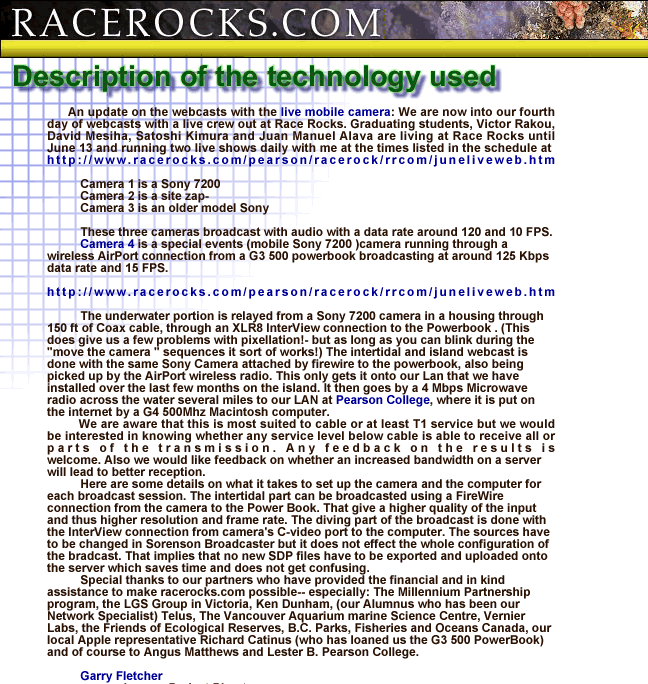 Process in webcasting for a week in 2000
Process in webcasting for a week in 2000
Web casting software 2000-2004
casting software 2000-2004
![]() The Sustainable Energy Proposal for Race Rocks
The Sustainable Energy Proposal for Race Rocks
U.Vic Engineering
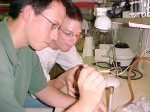 The AirPort Wireless System for Mobile Webcasting at Race Rocks.
The AirPort Wireless System for Mobile Webcasting at Race Rocks.
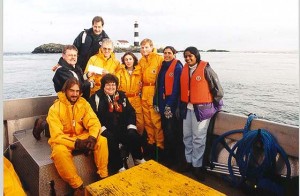 Contributions of Telus technology ( formerly BC TEL)
Contributions of Telus technology ( formerly BC TEL)
On January 13, 1998, BCTEL (Discovery Learning) representatives took a trip to Race Rocks Ecological Reserve with Pearson College faculty member Garry Fletcher and some of his students. They had invited them to see first hand many of the Pearson College marine science educational projects that are highlighted on the College’s web page. BCTEL (Discovery Learning) provided the College with internet support, making this unique marine science project globally accessible. Following the Race Rocks visit, BCTEL presented the students with a $5,000 cash gift for the College’s annual fund.
Some further History of the Technology from the past at Race Rocks:
The stewardship of the unique ecosystem at Race Rocks has for centuries been closely linked to technology. It started with the First Nations People of the Salish Sea who were closely linked into this ecosystem. They used their boats, their skillfully crafted tools and their ingenuity to harvest sustainably from this archipelago and the surrounding swift flowing waters they called Xwayen. In 1860, the technology of a nineteenth century British Lightstation and foghorn was added to protect the area from human catastrophe.
Access to the wave swept archipelago for ecological study and measurement above and below the water was highly dependent on the weather. We also benefited immensely from the cooperation of the light keepers working at Race Rocks for the Canadian Coast Guard. The reserve was set aside for research and education and for years the students of the diving service shared the area on a seasonally limited basis with several researchers and with small groups of local elementary school children in the “schools marine program”.
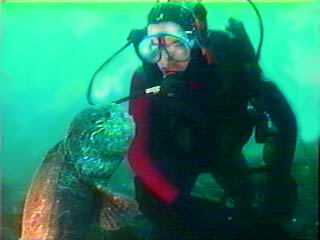 In October of 1992 we had the experience of assisting with the live broadcast from Race Rocks of 24 programs in the Underwater Safari television series. We reached by satellite, microwave and cable technology the classrooms and science centers across the nation and for the first time the unique resources of the area were shared with a wide audience.
In October of 1992 we had the experience of assisting with the live broadcast from Race Rocks of 24 programs in the Underwater Safari television series. We reached by satellite, microwave and cable technology the classrooms and science centers across the nation and for the first time the unique resources of the area were shared with a wide audience.
Further Archives of the technology used on the light station before 1997 including early lights, foghorns and communications equipment can be found on the History Contents page.

